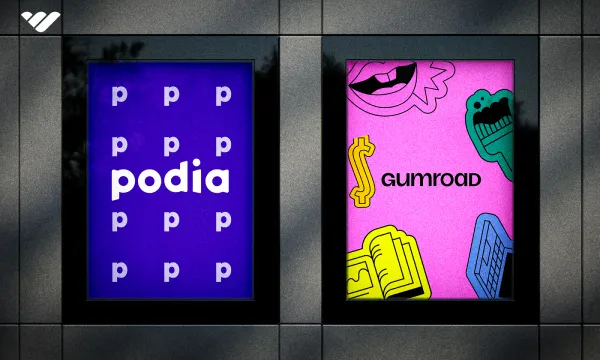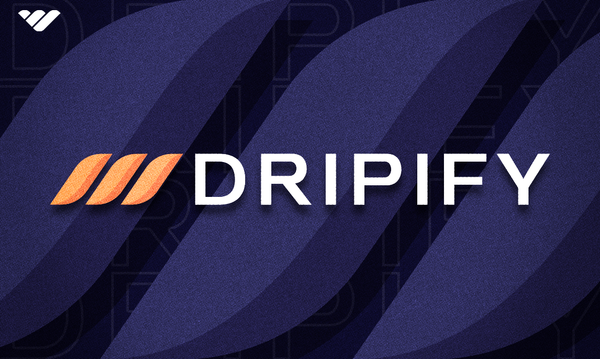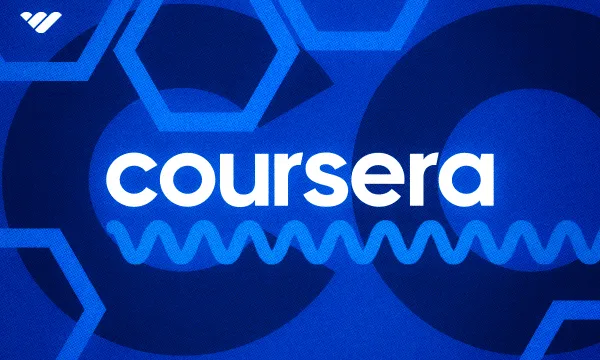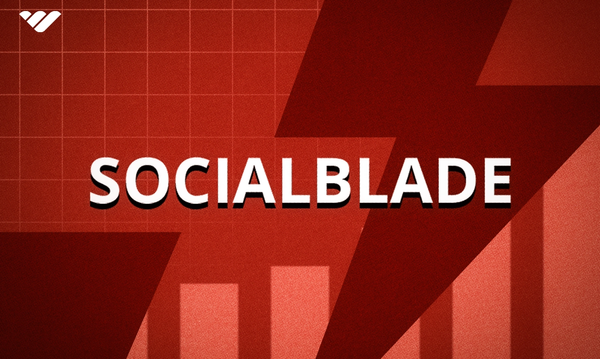You've spent years honing your skills, and now you'd like to share them with the world. The challenge is finding a way to do this that doesn't involve spending even more time wrestling with web hosting, payment processors, and arcane technical scripts.
Gumroad and Podia are both platforms that aim to solve that challenge, providing a convenient way to create courses, share other digital content, and monetize your audience.
The two platforms have a slightly different focus and cater to different audiences. Let's explore the pros and cons of each to decide which is best for you and your business.
What is Podia?

Podia is an ecommerce platform with a focus on online courses, coaching, and community management. Rather than being an online marketplace, it takes a more general approach, letting you create a white-label platform for delivering your products.
Who Can Use Podia?
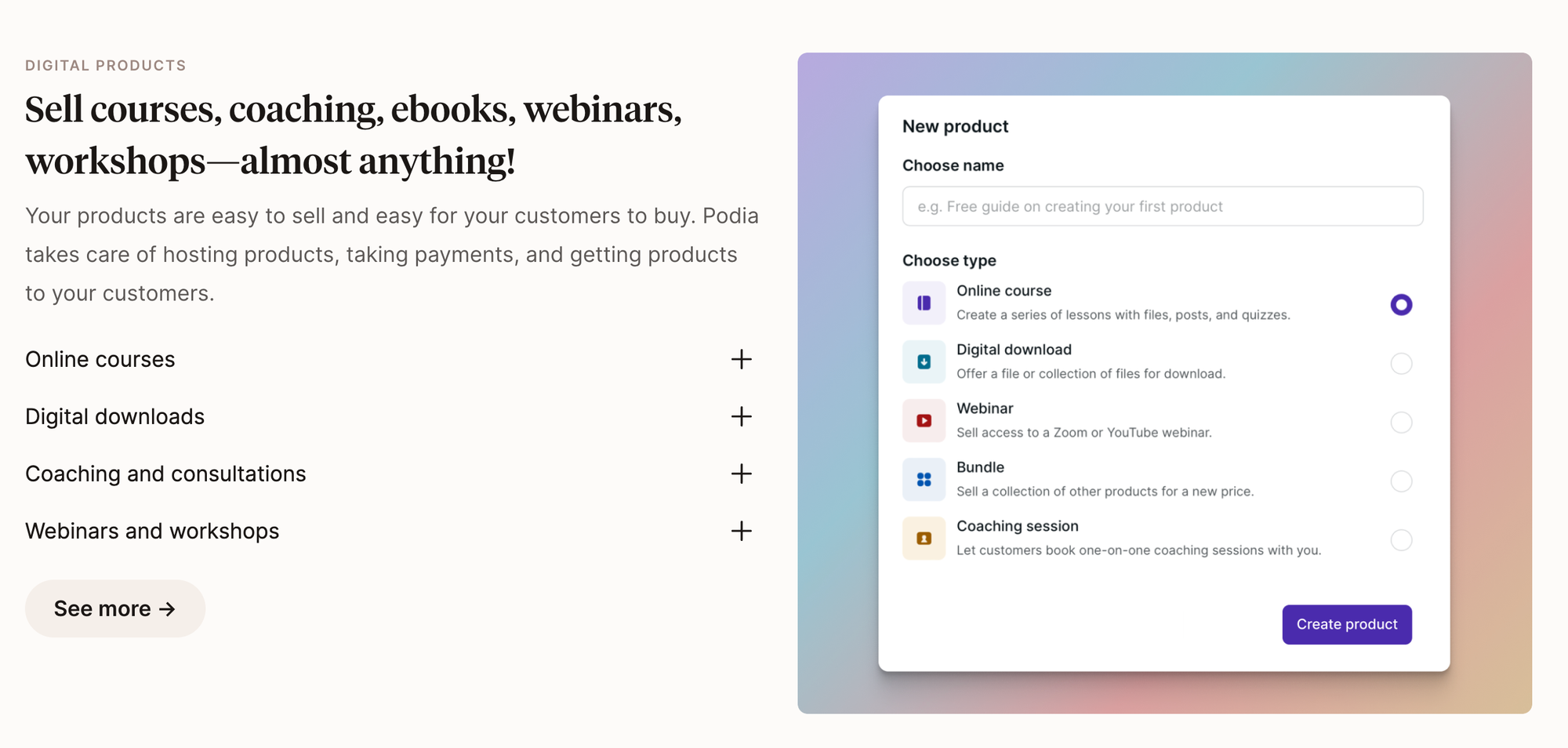
Podia is designed specifically for educators and coaches. Unlike many other online marketplaces, it supports a relatively small range of products - online courses, webinars, bundles, coaching sessions, and other digital downloadables. The platform's white-label options make it ideal for those who wish to provide a polished course experience.
However, it's less suitable for podcasters, YouTubers, and bloggers who want to offer subscription memberships.
How Does Podia Work?
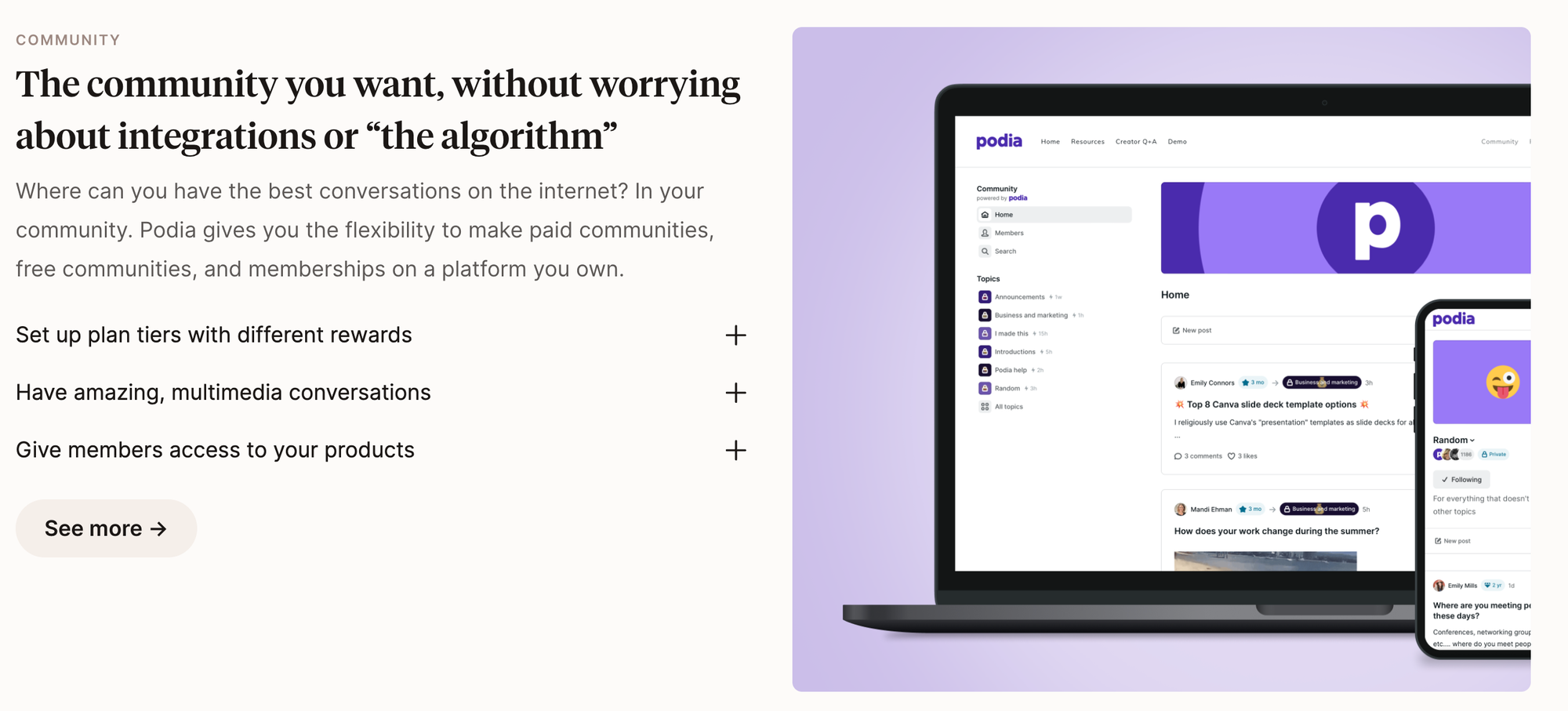
Podia is an all-in-one platform. Creators can use the site's course builder and other hosting features to create content and sell access to it via the platform. Payments are processed via Stripe and PayPal and go straight into those accounts.
Selling on Podia
Selling on Podia is easy. The platform's most popular products are online courses, which you can create using the built-in Course Builder.
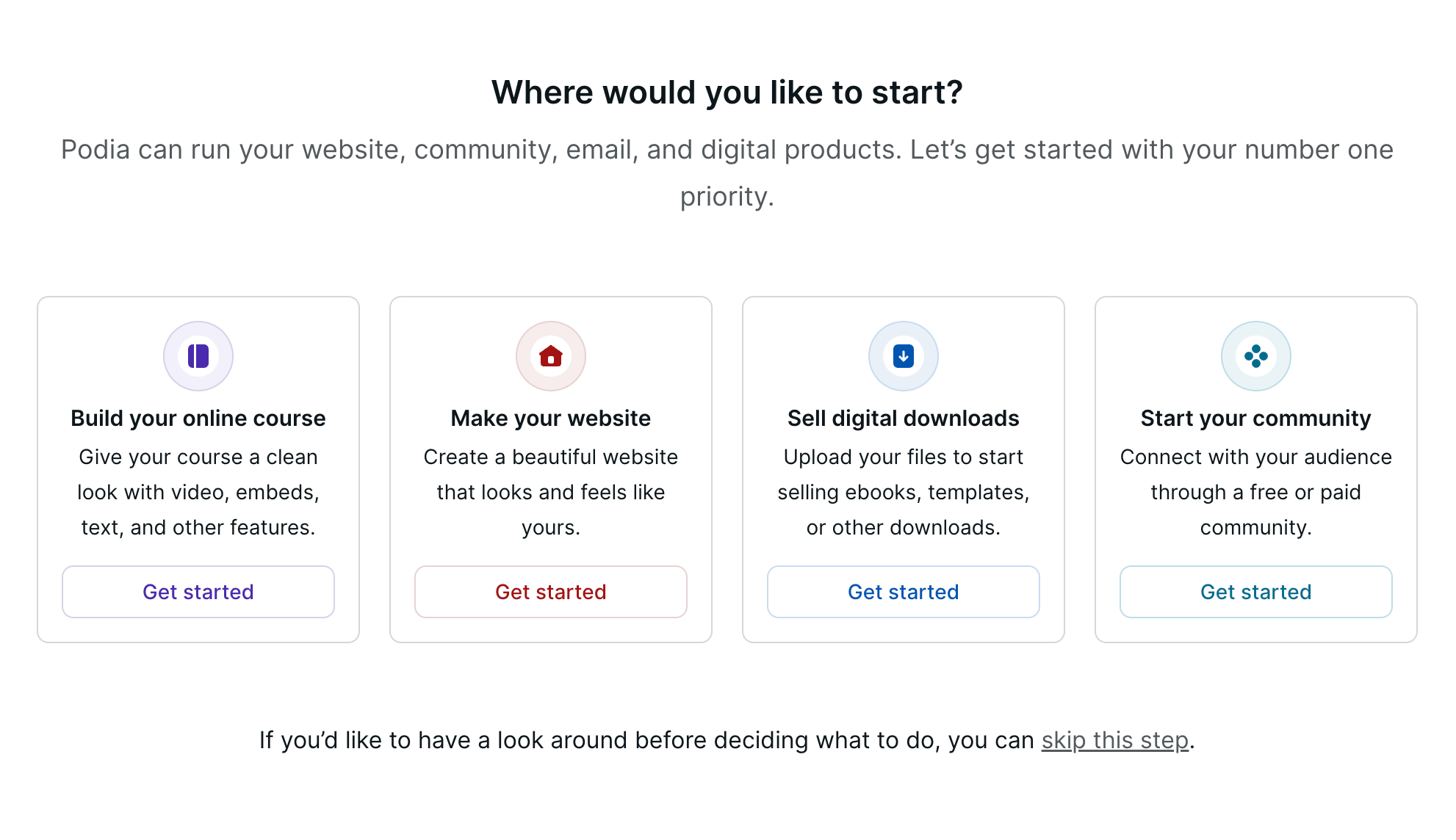
Courses are divided into lessons and sections, which can be edited using a simple drag-and-drop tool. It's possible to add text, embed media, set up quizzes, and share other types of files in the course editor. Podia also supports coaching sessions.
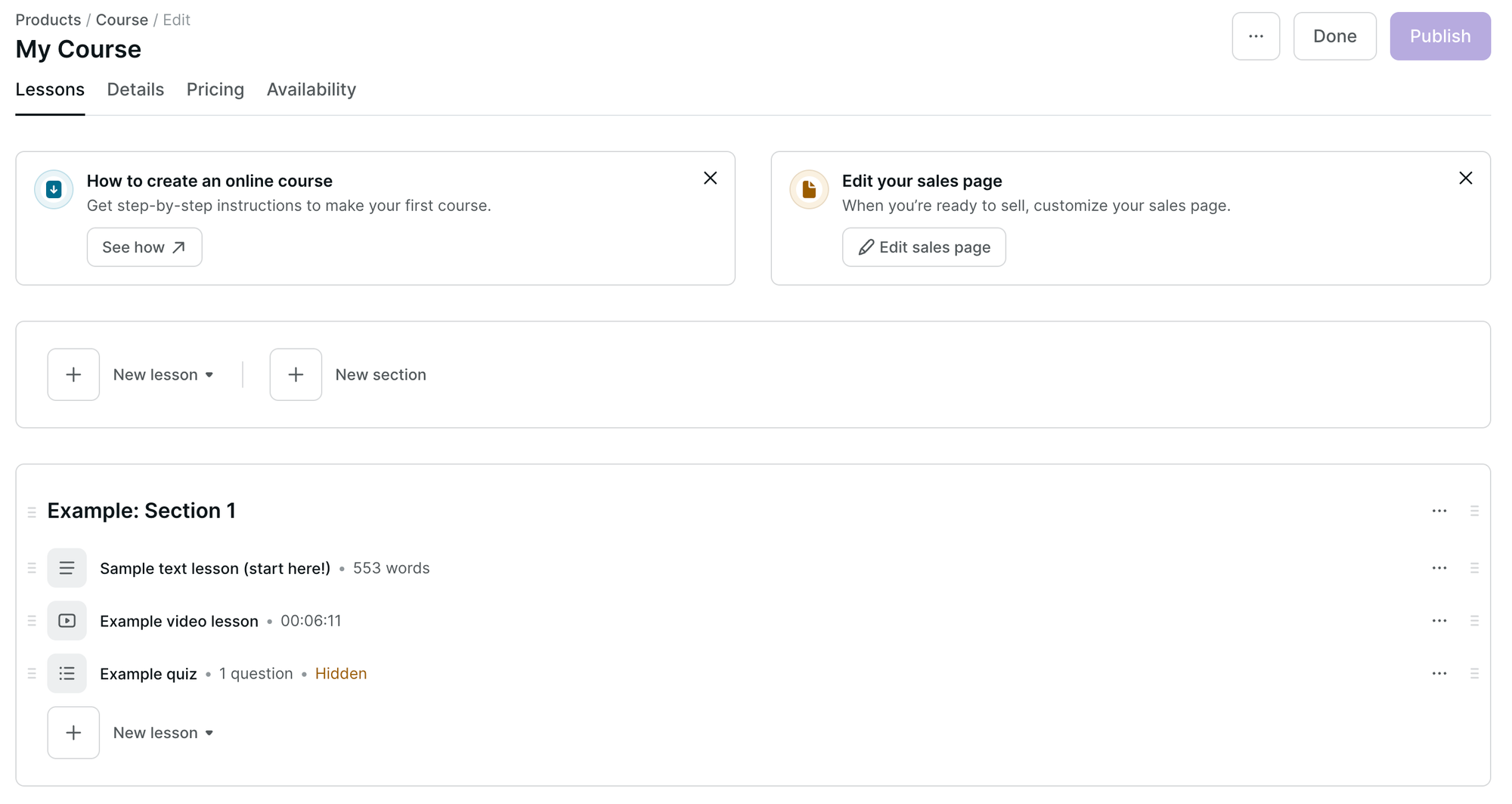
Creators don't have to release the whole course in full. The platform has an option for content dripping, which schedules lessons to be released at a set date and time. Once the course has been set up, creators can design a certificate to be issued to the user once they meet certain conditions.
To set the price of your course, go to the Pricing tab. there, you can choose between releasing the course for free, having a waitlist while you're planning to make the product go live, or charging a fee for the product. The fee can be a one-off payment or a monthly payment plan.
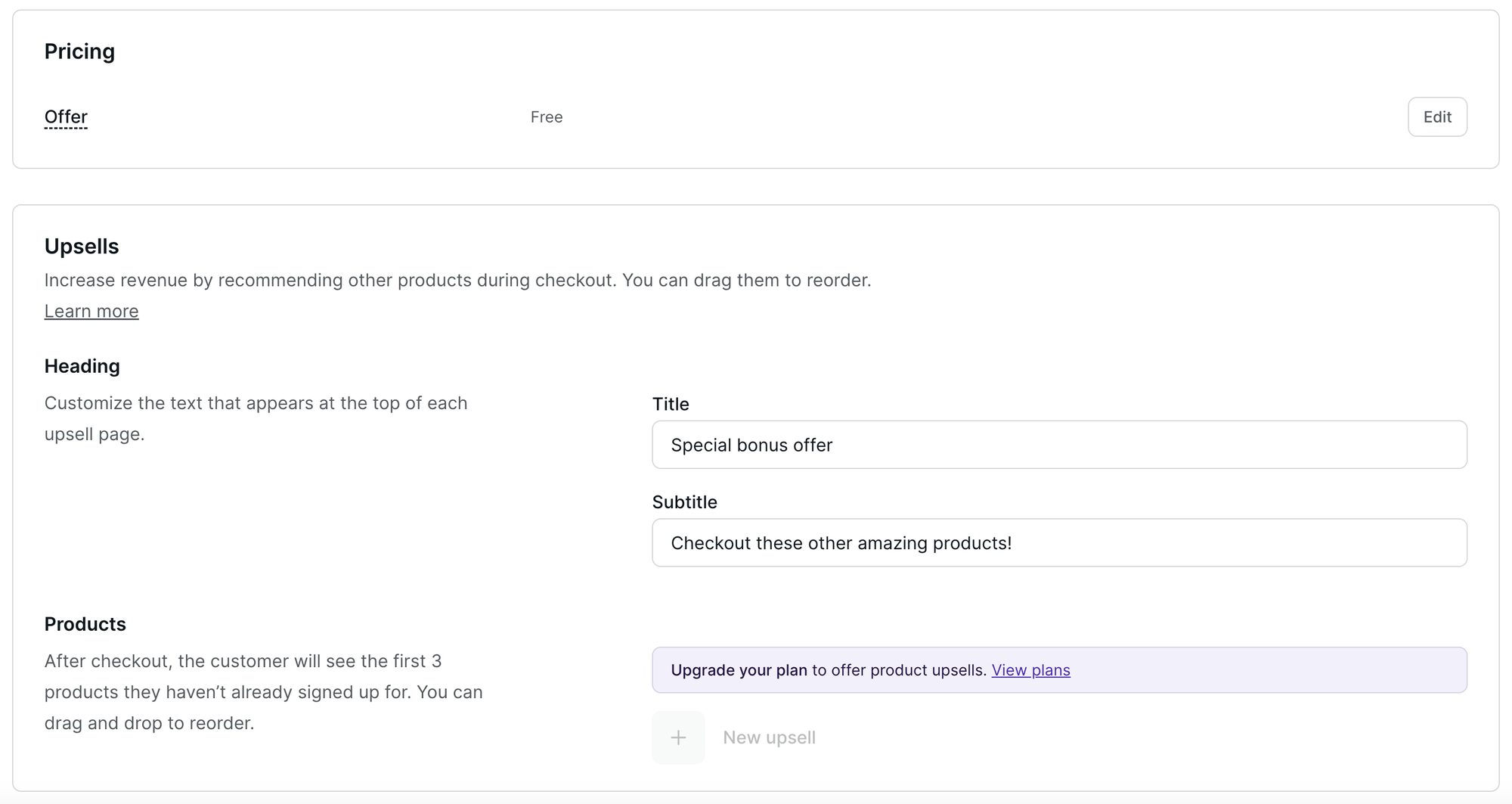
Podia supports memberships, and creators can choose whether to have products available to all or offered only to members, via the Availability tab.
When the course is ready to go live, go to the Products section, select the course, and click the Publish button in the top right-hand corner.
Overall, the process for creating and selling a course on Podia is straightforward thanks to the intuitive platform.
Platform Customization
Creators have a lot of freedom in terms of customizing their product pages, courses, and sales pages. You start by changing the colors, pages, and sections of your site. Then, you can choose your site's language, structure, and fonts.
Creators who are on the Mover or Shaker subscription plans can remove the Podia branding from their site footer and community sidebar, making the site look more professional.
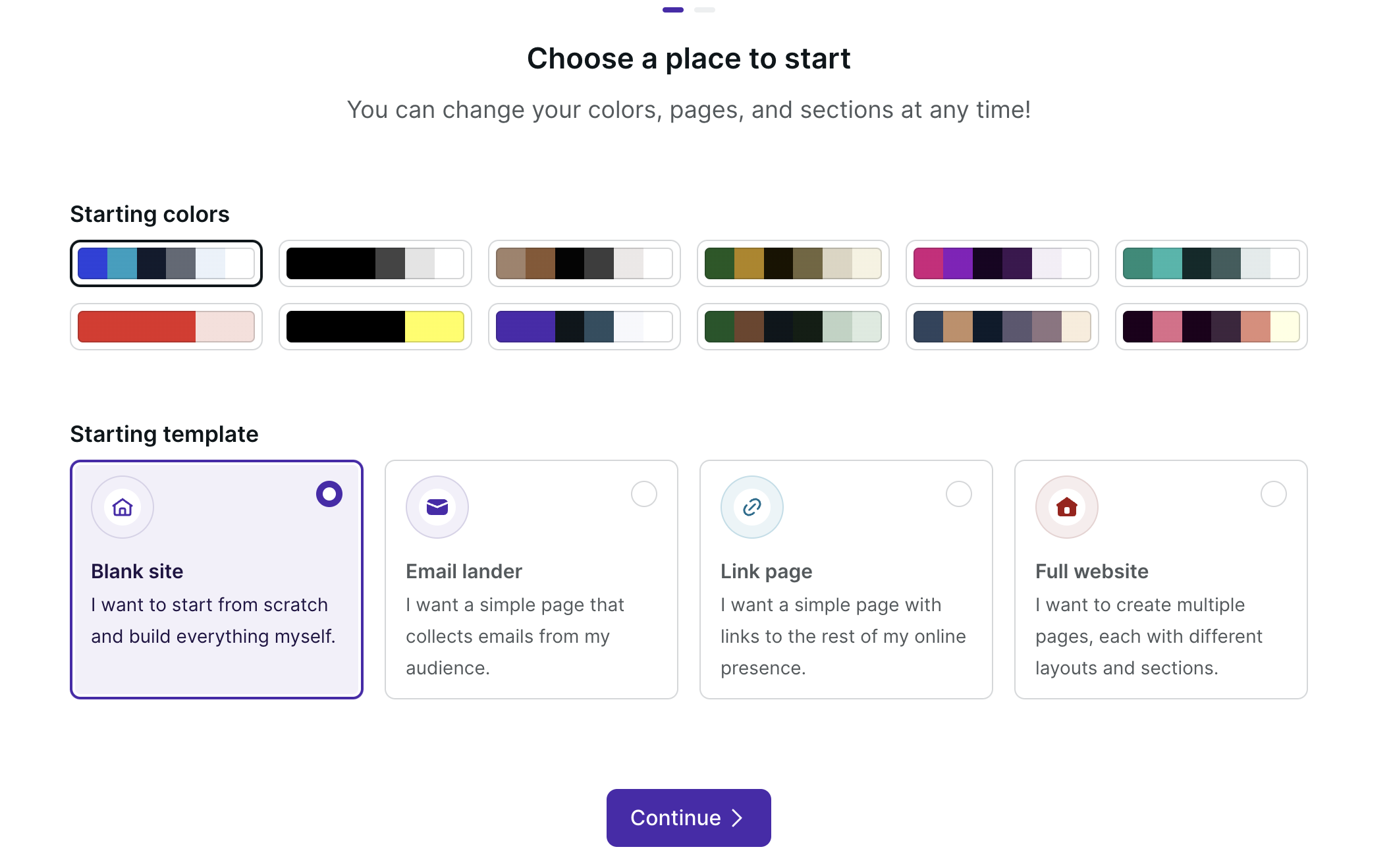
Theming options are limited compared to, for example, running your own Moodle website, but the white label option combined with the option to set up custom domain names may still appeal to those who want a lot of control over their branding.
Engagement Tools and Customer Management
With Podia, you can create a community alongside your course. The platform provides a number of useful community management tools, along with email marketing tools, although some of these features require users to pay for the Podia email plan.
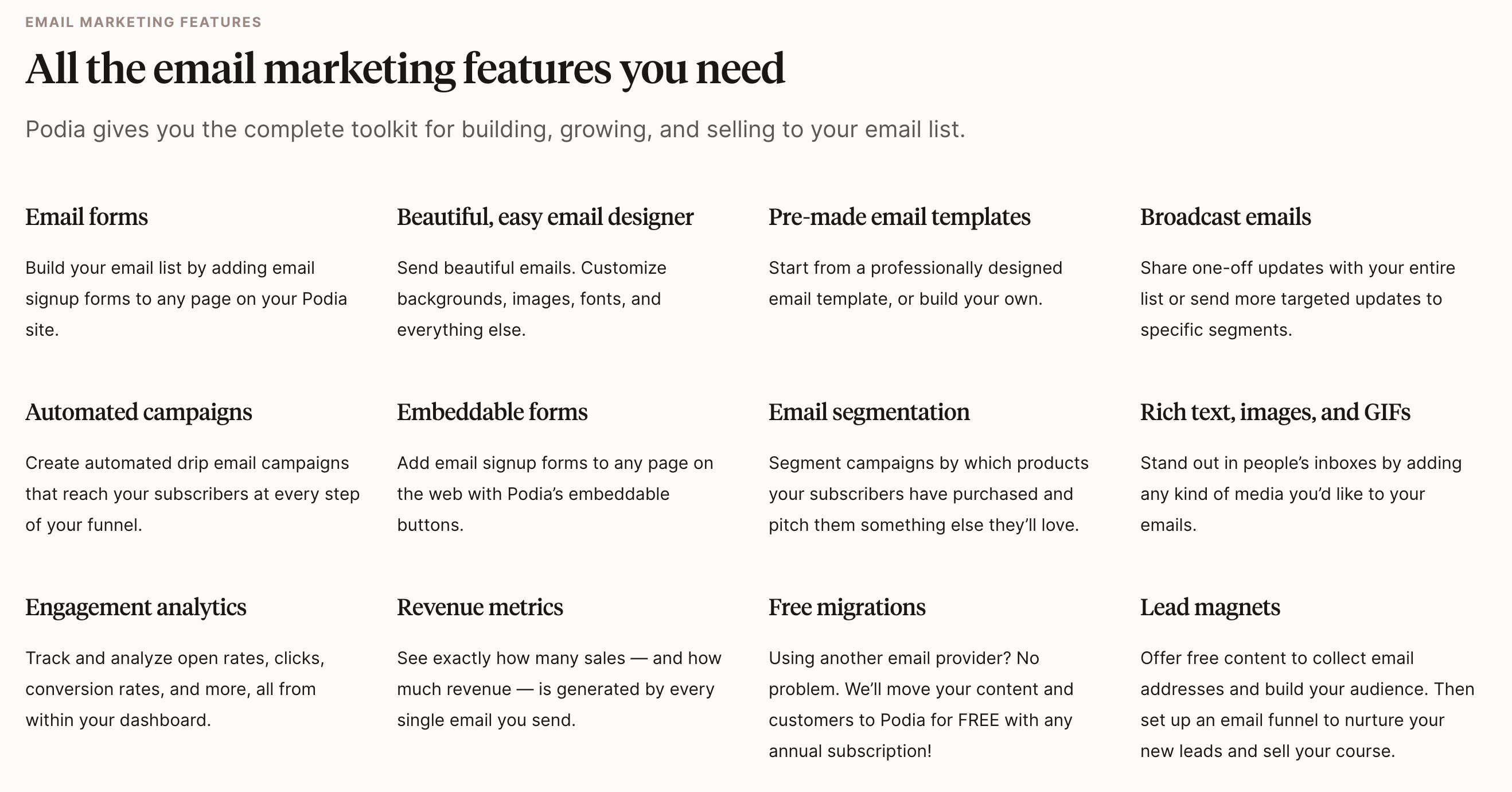
Creators can change their mailing addresses and email sender names to ensure the emails match their branding. Mindset coach Becky Mollenkap has been running coaching sessions for many years and used Podia's analytics and marketing tools to help her refine and better target a high-quality audience.
Podia Customer Support
The customer support team at Podia is available seven days a week. Creators on the free plan are limited to contacting support by email. Those on paid plans can take advantage of live chat support as well as the email system.
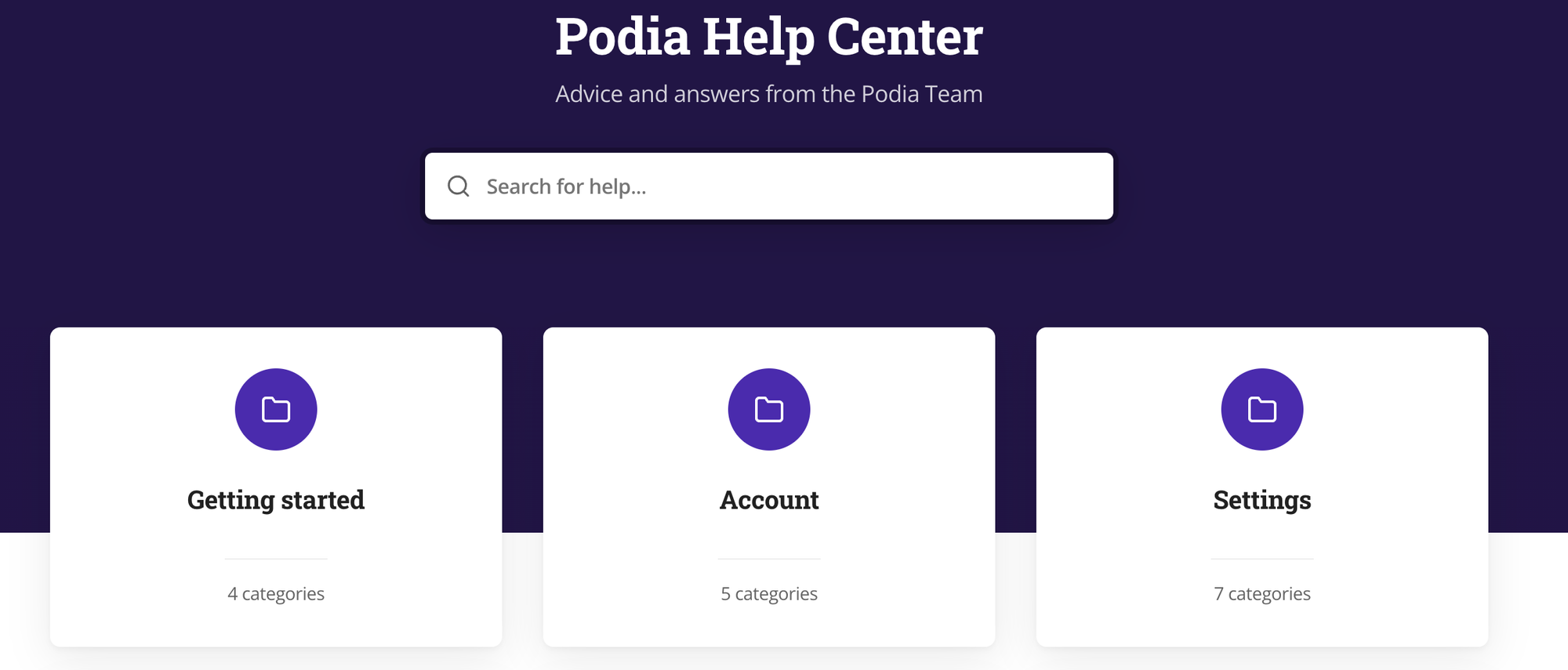
In addition to a responsive support team, the platform also has a well-organized knowledge base that covers the most common questions.
How Much Does Podia Cost?
There are four account tiers on Podia. The free tier allows creators to offer one download and one coaching product, with no monthly fee. The platform takes a 10% transaction fee on all sales for users on this tier.
In addition to the free tier, there are three premium options:
- Starter: $9/month for all the features of the premium tier plus chat support and the option to use a custom domain. Podia takes an 8% fee on sales with this tier.
- Mover: $39/month for the ability to create unlimited downloads, courses, coaching products, and webinars, plus some additional platform features. The fees on this tier are just 5%.
- Shaker: $89/month for all of the features of the mover plan, plus advanced marketing features. There are no transaction fees with this plan.
The prices listed above are for users who pay monthly. There are substantial discounts for those who take out an annual plan instead.
What is Gumroad?
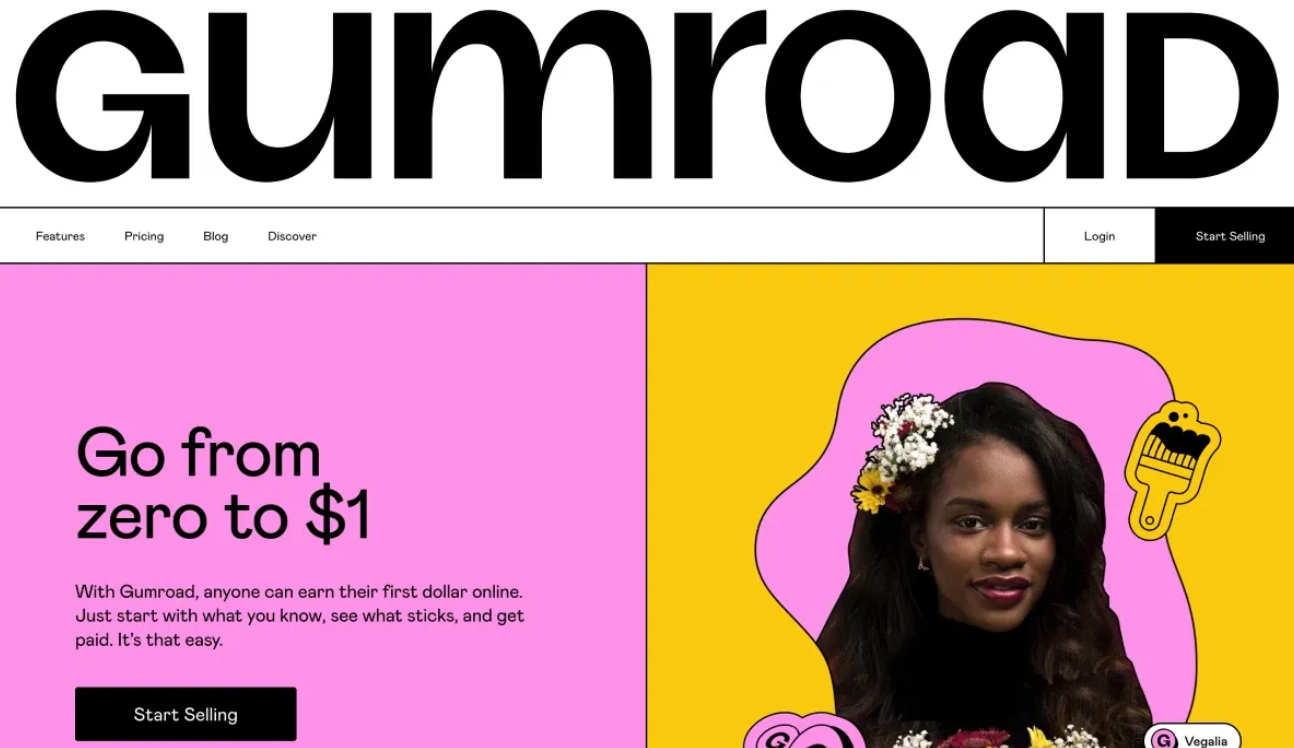
Gumroad is an ecommerce platform and digital marketplace with a more general focus. It allows creators to sell ebooks, artwork, courses, and other forms of digital downloads. It's more diverse than Podia, which focuses more heavily on courses and coaching.
Who Can Use Gumroad?
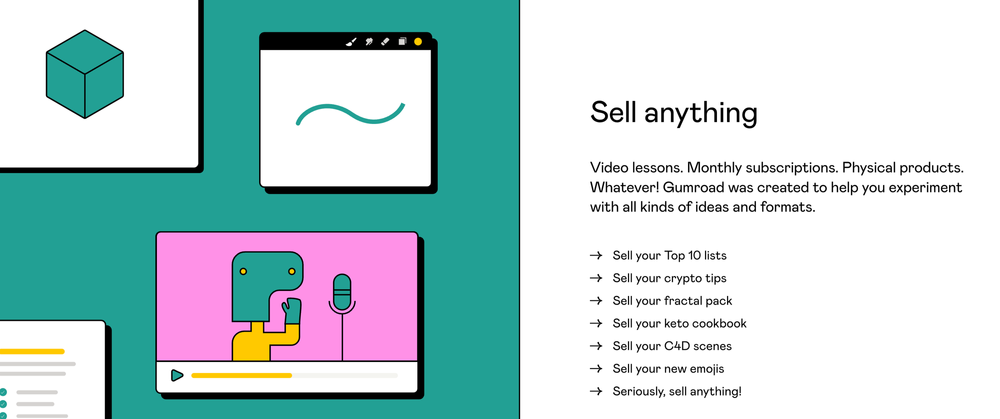
All kinds of digital content creators are welcome on Gumroad, although the platform does place some restrictions on the types of content that can be sold. For example, the platform doesn't allow the sale of high-risk products such as IPTV subscriptions, as these are more likely to generate chargebacks.
How Does Gumroad Work?
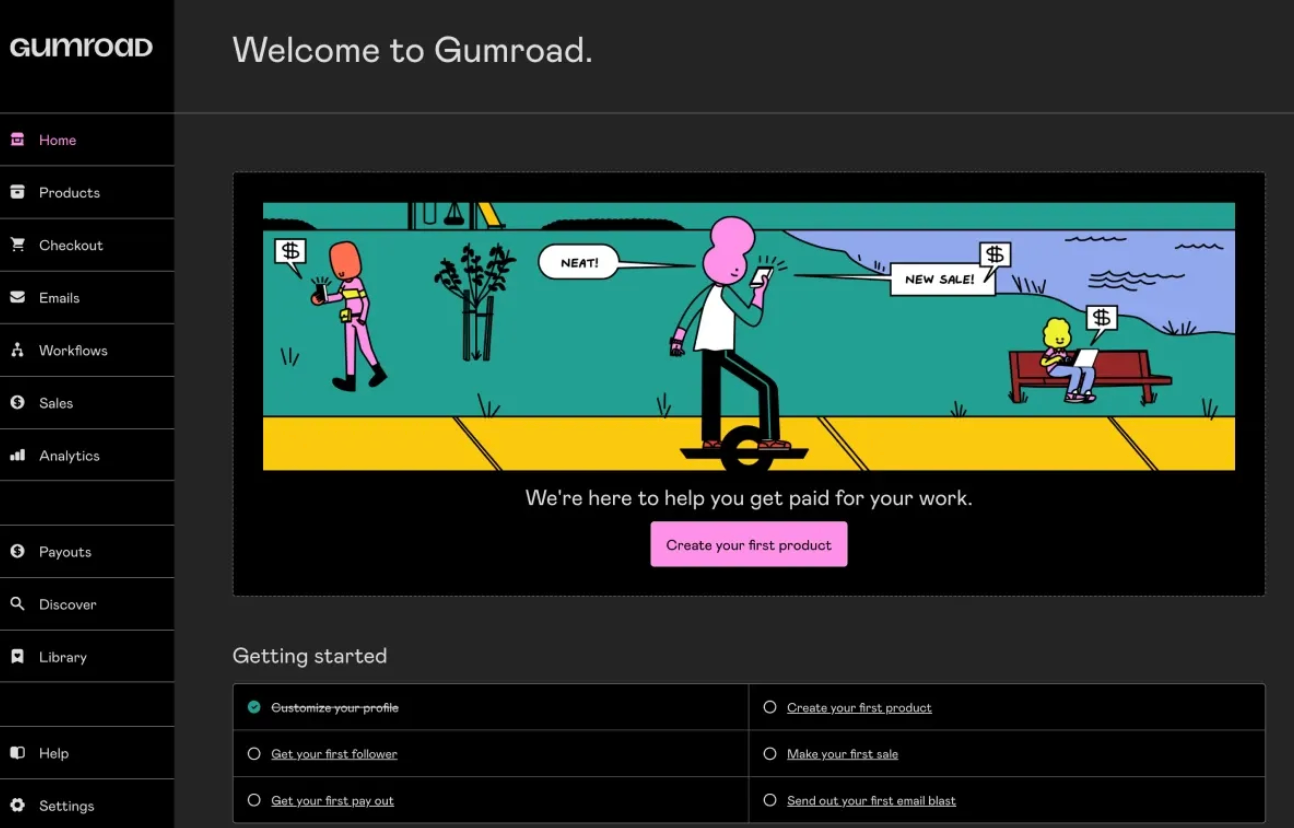
The platform allows users to list products for sale, without them needing to worry about hosting or payment processing. It handles all the technical challenges for the creator, providing a simple storefront that can be customized to match the creator's brand.
Selling on Gumroad
To sell a product on Gumroad, simply log in to your creator account and navigate to your dashboard. Click New Product to be taken to the page where you can publish your first product.
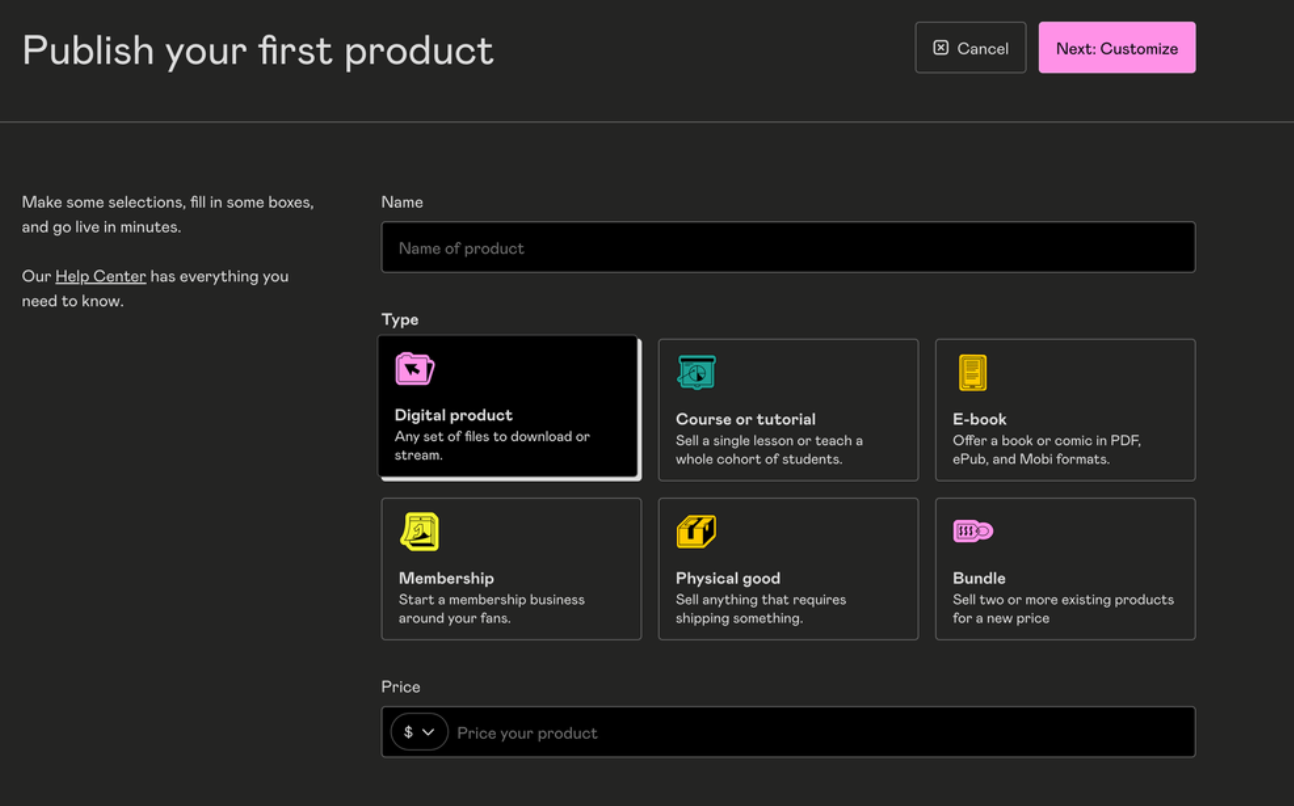
- Choose from Digital product, Course or tutorial, Ebook, Membership, Physical good, or Bundle for your product type.
- Set the price of the product
- Enter a description for the product
- Add other details as appropriate, such as the length of a video, or the number of pages in an ebook.
- Add previews, samples or screenshots to give prospective buyers an insight into the product.
- Upload the product file, or fill out shipping options for physical products.
Gumroad allows creators to offer products as a free download, set a price for a one-time purchase, or configure a subscription rate.
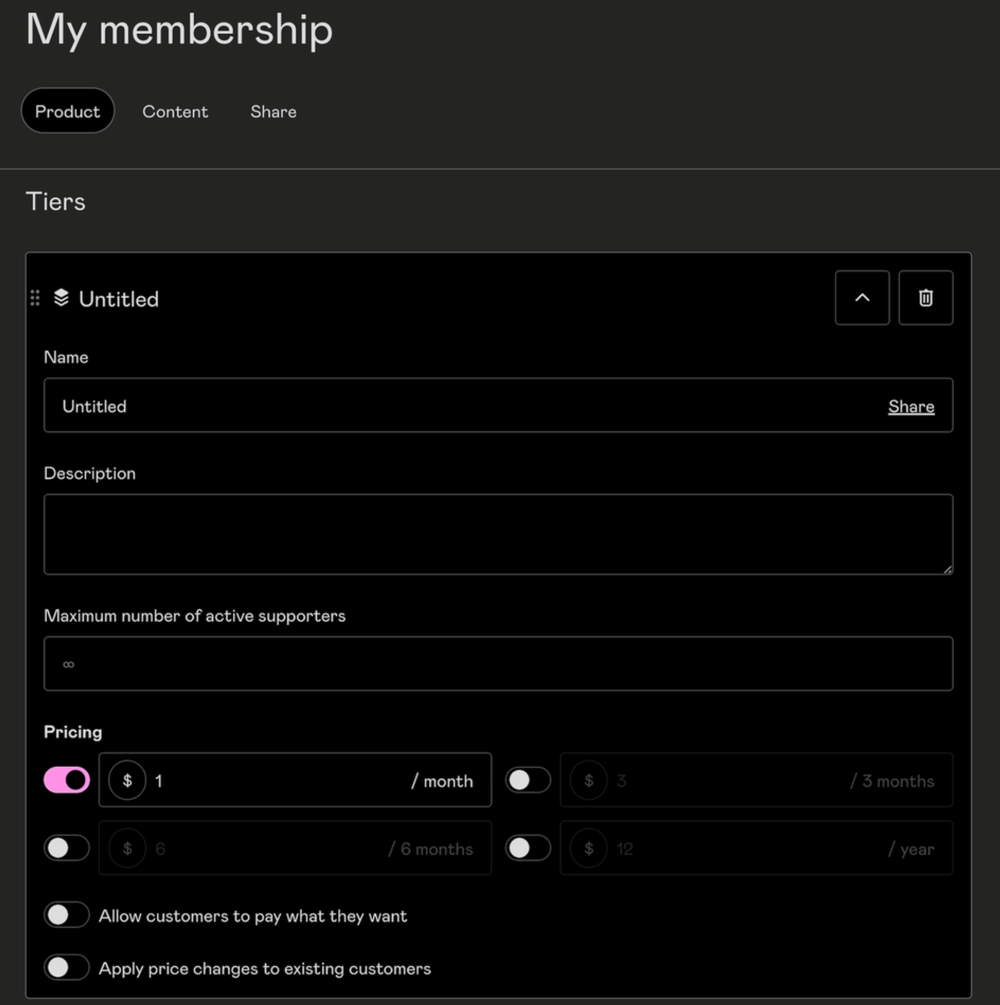
It's possible for sellers to offer a fixed-duration free trial on subscription products, and to have different prices for monthly, quarterly, 6-month, or yearly memberships.
Getting started with Gumroad is simple! The platform is easy-to-use and guides you through the process.
Platform Customization
The marketplace-based design of Gumroad means sellers have only a few customization options, mainly the ability to add content to product listings in the form of videos, PDF previews, images, and descriptions.

You can configure your profile pages and change the colors and header images of your product pages, but beyond that, the platform has a distinctive look and feel. Unlike Podia, Gumroad does not offer a white-label option.
Engagement Tools and Customer Management
There are some engagement and analytics tools provided within the platform. Sellers can see details of their customers and subscribers, and which products they've purchased. They can also download this information to use it with third-party email services such as Mailchimp.
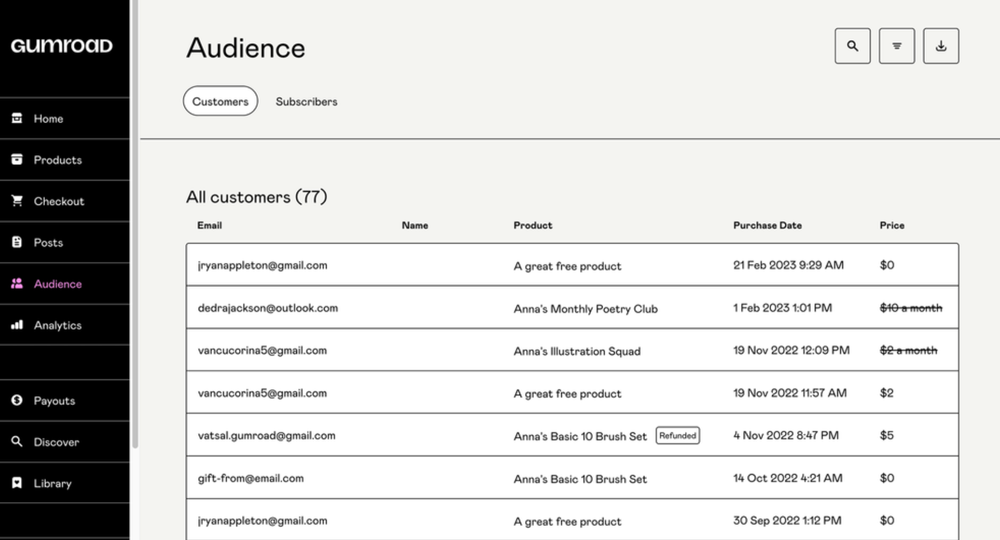
There's a mobile app for sellers, and this information can be accessed via this app, making it easy for creators to answer customer queries while on the move.
Gumroad Customer Support
Customer service options are relatively limited. The Customer Help Center covers most common questions and is easy to navigate thanks to the clear categories and reliable search feature. If the help center doesn't cover a customer's queries, they can use the platform's contact form to request support.
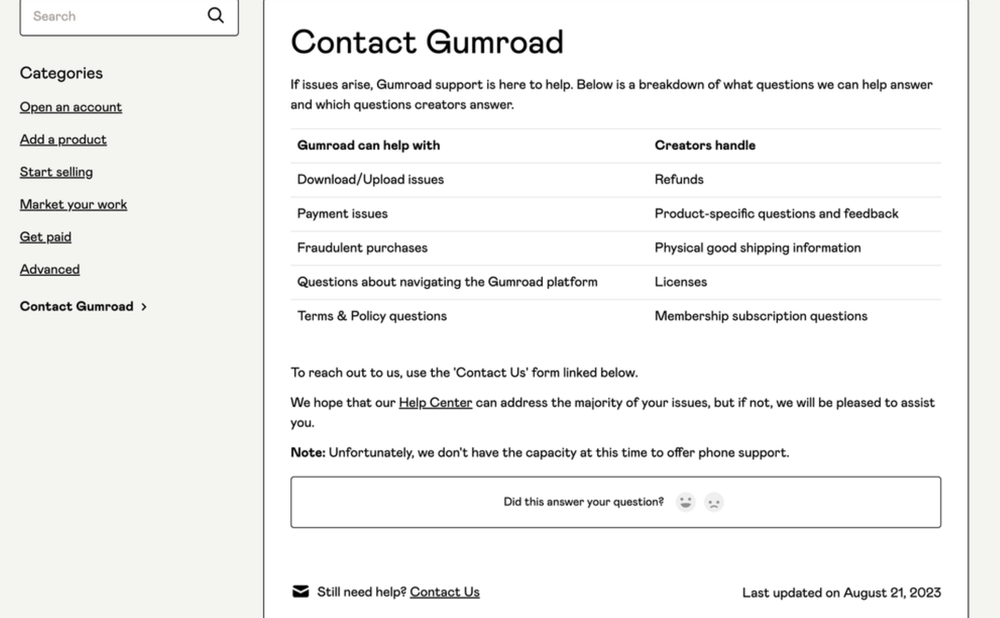
There's no telephone support or live chat feature, and response times for tickets raised via the help form can vary.
How Much Does Gumroad Cost?
It's free to get started with selling on Gumroad. The platform charges a 10% fee on all sales, in addition to any payment processing fees the seller may incur.
Sellers have the option of paying an extra fee to have their products shown in the Discover section of the marketplace, but this option is available only to sellers whose accounts have been through the platform's review process. This account add-on is merely a marketing tool, and sellers are not obliged to pay for it.
Podia vs Gumroad: Which is Better?
Podia and Gumroad serve rather different audiences. Gumroad's low barrier to entry, flat pricing structure and support for a variety of different product types may make it appeal to bloggers, designers and developers looking to sell a variety of products, including courses.
In contrast, Podia is laser-focused on courses and coaching. It's a premium service with white-label options that is aimed at creators who want to build a brand around their coaching or educational materials. To fully take advantage of the power of the platform, creators will need to pay a monthly fee. However, for those whose products match what Podia has to offer, the fee is likely to be worthwhile.
Advantages of Using Podia
- White-label websites for a smooth user experience
- Sophisticated course creation tools
- Powerful marketing tools
- Choice of payment processors
Disadvantages of Using Podia
- The free plan takes a 10% cut
- Limited range of products supported
- Slightly steeper learning curve
Advantages of Using Gumroad
- Supports a wide range of products
- Low minimum payout
- Supports 'rental' for videos, as well as one-time purchases
- Pre-order feature
Disadvantages of Using Gumroad
- High commission fees
- Limited customization options
- Limited off-platform integrations
An Alternative to Podia and Gumroad: Whop

As a digital creator, your options are not limited to only Podia and Gumroad. There are other, better options out there - one of those being Whop.
Whop is an online marketplace for digital products. Rather than being a simple billing and download platform, Whop gives creators, developers and designers the option to connect their apps to the platform via a powerful API.
These integration features mean you're not restricted to the Whop platform. You can sell Discord or Telegram memberships, trading signals to go alongside your courses, access to digital downloads, live coaching sessions, online courses, paid community access, and more. The list is endless. In essence, if you can publish it online (and it doesn't breach the terms of service), you can sell it on Whop.
Whop is easy to get started with and has several benefits:
- A transaction fee of just 3%
- Built-in course creators and other publishing tools
- Easy-to-implement affiliate program
- A thriving marketplace that's sold over 5 million memberships so far
- Connect to your existing platforms to increase discoverability
- More control over your branding
The Whop API is easy for developers to use, so you can connect it to an existing learning management platform easily, or even launch an app within the Whop ecosystem. If you're not a developer, you can either use the powerful on-platform course creator or simply contact the Whop technical support team to discuss your needs. New integrations are being added frequently, and the team is eager to help people get started with selling their content online.
Whop charges no up-front fees, and all users get access to the same features on the platform, whether they're brand-new sellers or are selling hundreds of memberships each week. The platform only makes money if you sell your courses, and it takes just a 3% fee on any courses sold.
If you're ready to create your online course, why not create an account on Whop today and try the course creator tool for free? It takes less than 10 minutes to get started!
Frequently Asked Questions
Can you make money from the Podia free tier?
The Podia free tier restricts creators to just one course and one download, and the platform takes a 10% fee on any sales made by members on the free tier. However, creators on the Free tier can sell their products, making it a good way to test the platform.
Can you sell courses on Gumroad?
Gumroad can be used to sell online courses. The platform has a course creator built-in, although the features of this tool are relatively limited.
How useful is paying for discovery on the Gumroad marketplace?
Paying the discovery fee for the Gumroad marketplace can be an effective way to get your product in front of more potential customers. However, it's possible to sell products on Gumroad without paying for this, by marketing to your own social media audiences.
Is Whop a good option for course creators?
In a word, yet. Whop's online marketplace and powerful API integrations mean the platform can grow with the creator. Whether you're just getting started and want to use the on-platform features, or you have an established base elsewhere and simply want to take advantage of the billing and customer management side of the platform, Whop could be a good fit for you.
